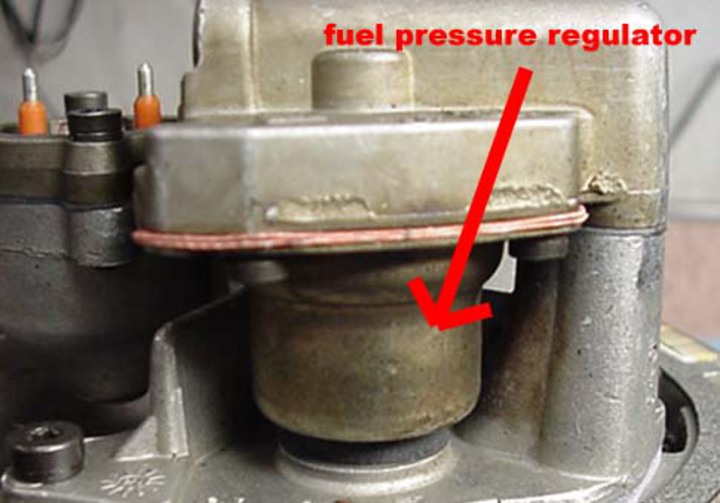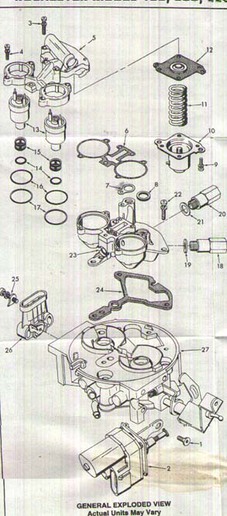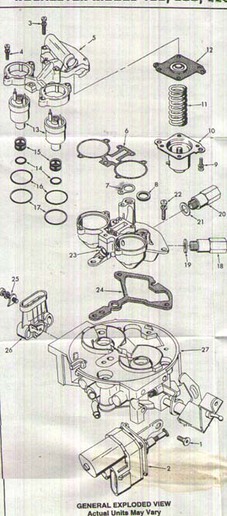Zach Scherf
Member
As some of you may know, I live on a small dairy that pasteurizes our own milk and delivers it on a home delivery route. Dad does all our delivery, with a gmc 7000 that we built and put a former schwans refrigeration unit on. The engine is stock the way it came from where we bought it. It is a 1989 with a fuel injected 366. It is running rich and runs horribly. We assumed temp sensor and changed it to no avail. Being as we needed it to deliver we took it to the local big truck repair shop. They changed many things including the temp sensor map sensor and other sensors. He determined it needed a fuel regulator which he could not find. We brought it back home and sent the throttle body off to be rebuilt in florida. 1100 dollars later between the two places and it still runs so bad it can't be driven. We need to deliver milk yesterday, what could be wrong? For the money we have thrown at it dad is angry since. A it isn't fixed and B for what we spent we could of bought a used engine and stuck it in there. I can ask him details to help diagnose better. I'm great with diesel engines, gas not so much.
Thanks!
Thanks!




